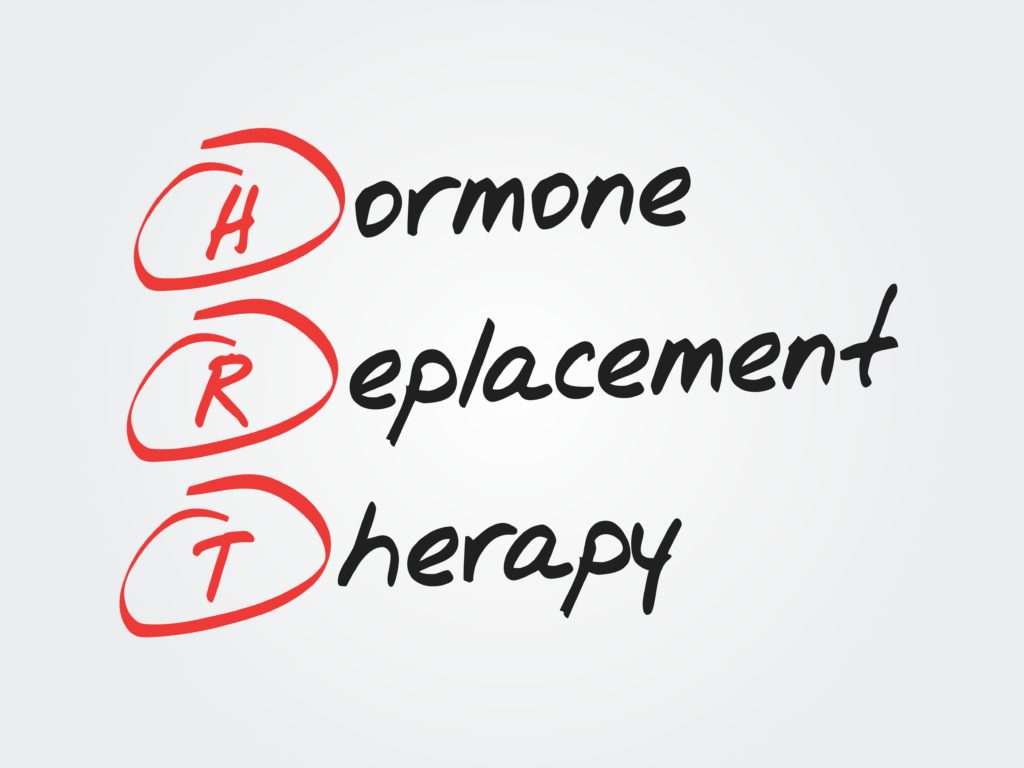Hormone Replacement Therapy – Part I: The Icing on the Cake
Hormone replacement therapy has gotten a lot of press over the years — both good and bad. It all started in the 1960s, when women in their 40s and 50s were prescribed estrogen to alleviate the symptoms of menopause — hot flashes, night sweats, irritability, and mood swings. Then, studies appeared, showing estrogen promotes growth of the uterine lining, which increases the risk of cancer, so doctors began recommending the addition of progesterone to protect the uterus.
However, instead of providing patients with bioidentical estrogen and progesterone, pharmaceutical companies created a synthetic form of progesterone called progestin (which they could patent) and started combining it with various forms of estrogen — synthetic or derived from animals.
At about this same time (the late 1990s), theories emerged suggesting hormone replacement therapy (HRT) would be helpful for preventing certain age-related diseases in older women, and doctors began prescribing it for women in their 60s and 70s. However, in 2002, a large federal study by the U.S. National Institutes of Health called the Women’s Health Initiative linked the leading HRT medication, Wyeth’s Prempro, with an increased risk of cancer, stroke, and blood clotting. As a result of that study and others, many doctors and women abandoned hormone replacement therapy or now use it only to help alleviate symptoms during menopause.
The truth is that hormone replacement therapy is safe and effective for both men and women, as long as it is done right. Doing it right involves addressing other underlying health issues first and then using bioidentical hormones instead of Continue reading…



